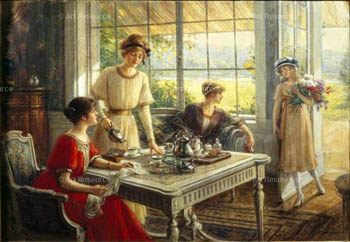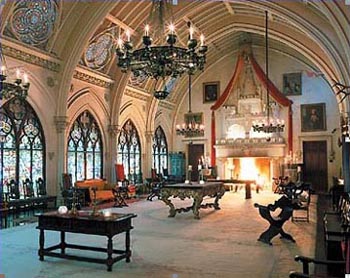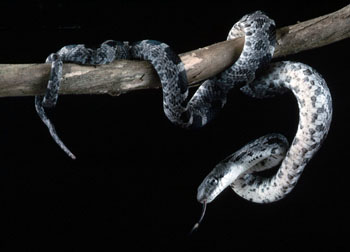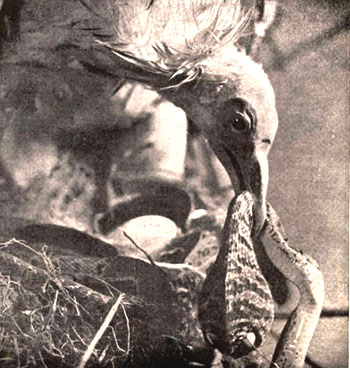The presupposition of these comments on ambiences, customs, civilizations and symbols is that, for not just conventional reasons, some colors, lines, and forms of objects as well as certain scents and sounds have an affinity with certain states of spirit of man.
There are colors that have an affinity with joy, others with sadness. Some forms we call majestic, others simple. We say a family is welcoming, and the same can be said of a house. We call someone's conversation enchanting, and the same can be affirmed for a song. We can find a perfume vulgar, and the same can be said of the person who likes to use it.

An ambience can be cheerful and light like the tea room above, or stately and dignified like Belcourt Castle hall below
 |
Ambience is a harmony formed, in this case, by the affinity of the various components gathered in one place. Imagine a room with pleasant proportions, decorated with cheerful colors, furnished with graceful objects. In it many flowers exhale a fragrant aroma and someone is playing a cheerful music. In this room there is an ambience of joy.
Clearly, the more numerous the affinities in such a room, the more expressive the ambience will be. And so, this environment, in addition to be being joyful, could also be dignified, cultivated and temperate if dignity, culture and temperance exist in the persons and things that are there.
The ambience will be the opposite - sad, extravagant, ugly and vulgar - if the objects in it have these notes. An example of this would be a hall of modern art in the Biennial in São Paulo.
Men form ambiences for themselves in their own image and likeness, ambiences that reflect their customs and civilization. But the reciprocal is also true: Ambiences form men, customs and civilizations to their image and likeness.
In pedagogy, this is a trivial matter. But is it only valid for pedagogy? Who would dare deny the importance of the ambience in the formation of adults? We say formation with all propriety because in this life, men of all ages have to dedicate themselves to the struggle in order of forming and reforming themselves, preparing thus for Heaven, where the march toward perfection finally ends.
Therefore, the Catholic can and should make the ambiences in which he lives be efficacious for his moral formation.
*
We have proof of the importance of ambience for the equilibrium of mental life and an upright moral formation of man in the wisdom, beauty and magnificence that God put in nature for us to contemplate. In the universe, there is not one, but thousands and thousands of ambiences, and all propitious to instruct and form man. This is so true that Scripture appeals to material things numerous times to make us understand and appreciate the spiritual and moral realities.
Man, with his limited power, forms his ambiences by making things without life - furniture, upholstery, etc. - and reproducing figures from reality – paintings, sculptures, mosaics, etc. God, on the contrary, made reality itself, and, as Author of life, gave distinction and richness to the ambience of Creation by placing living beings in it: plants, animals, and man above all.
We have evidence in the Gospel of the power of expression that these inferior beings – especially animals – have for men. Thus, in His beautiful sermon on the mission of the Apostles (Mt 10:16), Our Lord gives us the dove and the serpent as models of two high virtues: innocence and prudence.
*

The dove represents candor and innocence |
Harmonious in line, simple in color, graceful in its flight and movement, "affable" with other animals, pure and candid in its whole being, the dove has nothing in itself to suggest the idea of plunder, aggression, injustice, intemperance or impurity. It is, therefore, most appropriate that in the words of Our Savior, it is a symbol of innocence.
But it lacks something: the qualities that assures its survival in the struggle against adverse factors. Its perspicacity is minimal, its combativeness zero, its only defense is flight. That is why the Holy Spirit tells us, “Imbecile doves, without intelligence!” (Os 7: 11).
This reminds us of certain Catholics deformed by Romanticism, for whom virtue consists only and always in hiding, in submitting in receiving blows, in retreating, and in allowing themselves to be trampled underfoot.
*
How different is the serpent – aggressive, venomous, deceptive, astute and agile!

The serpent - cunning and prudent |
Elegant but repugnant, fragile enough to be crushed by a boy yet dangerous enough to kill a lion with its venom. His whole shape and way of moving is adapted for a veiled, treacherous and lightning fast attack. So bewitching that certain species mesmerize its victim but it emits and spreads an aura of terror. Thus it is the symbol of evil, with all the sorcery and all the treachery of the forces of perdition.
However in all this wickedness, what prudence! What cunning! Prudence is the virtue by which one employs the necessary means to reach the ends he has in sight. Cunning is one aspect, and in a certain sense, a quintessence of prudence, which maintains all discretion and employs every licit guise needed to arrive at an end. Everything in the serpent is cunning and prudent, from its penetrating gaze, its long, slender shape, and its terrible key weapon - a venom that pierces the victim’s skin through a single, small perforation and circulates throughout his entire body in a few moments.
*

The ibis is more astute than the cobra |
The ibis presents a magnificent example of how the innocence of the dove and the cunning of the serpent can be combined in a single action. It makes its nests in trees, and protects its offspring with vigilance and energy. It thus offers man a good example of virtue that is serious and strong.
But a cobra comes and swallows an egg, threatening to devour the rest. As clever and capable as the reptile, the ibis attacks it in a vulnerable spot, rendering futile all its resources of aggression and defense.
After applying pressure for some time in this point, the serpent surrenders the swallowed egg and, weakened, falls to the ground.
The ibis achieved its objective honorably with the innocence of the dove, employing a means of fight that conquered the serpent by its astuteness.
Catholicismo, January 1954
Posted May 28, 2012

|